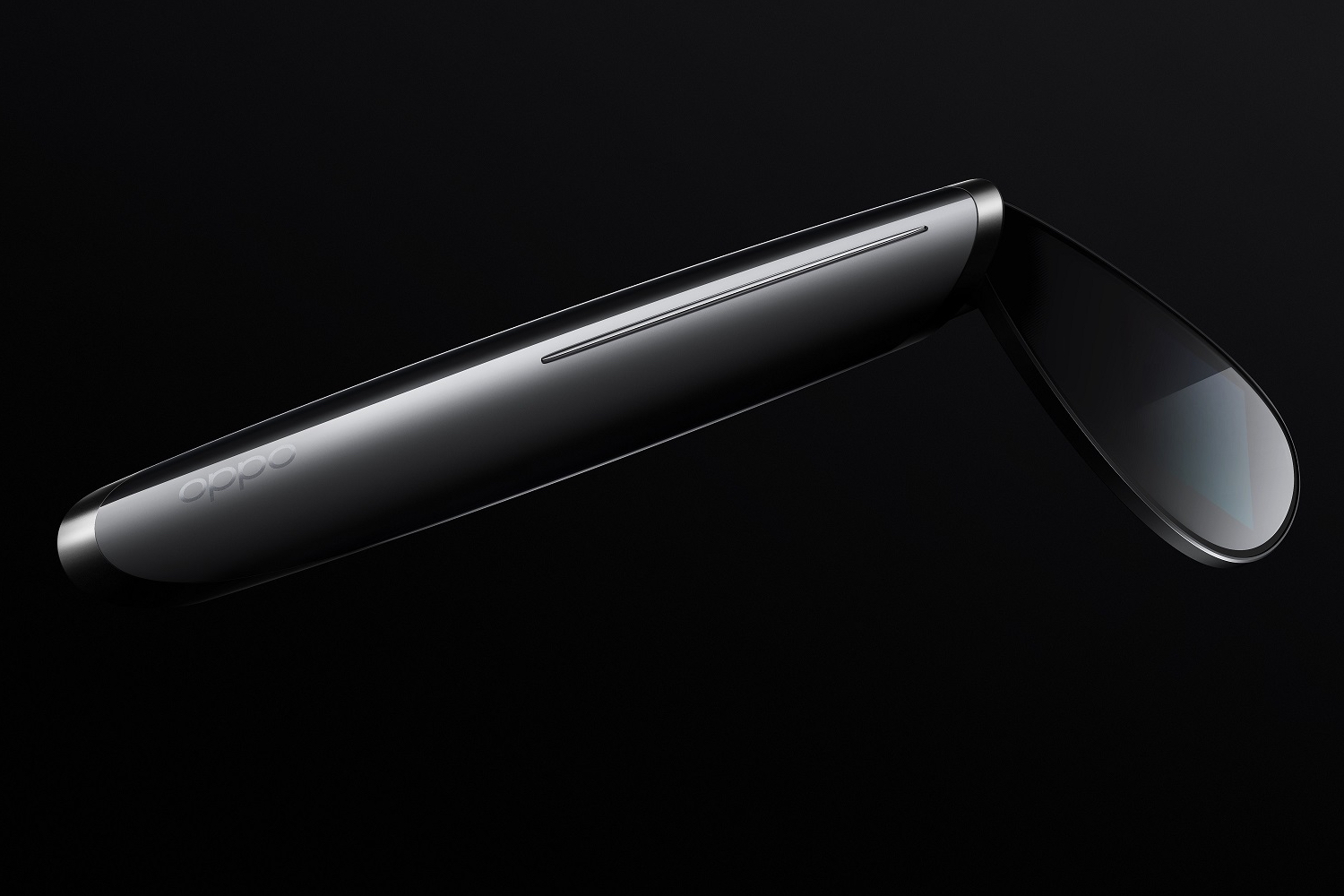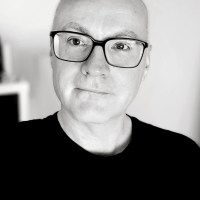Oppo has announced Air Glass, the closest we’ve seen to a consumer-focused Google Glass alternative since, well, ever, as few made the effort to replace Glass after Google discontinued its smart eyewear in 2015. However, while Air Glass looks a lot like Google Glass, it doesn’t have the feature that made it so controversial: A camera. This means it doesn’t have the same privacy concerns, but it also lacks the augmented reality features that made Glass so unique. Instead, Oppo calls Air Glass “assisted reality glasses,” and says they work like a head-up display (HUD).

Air Glass has a monocle design and can be worn with a half-frame, or as full-frame spectacles for those who require prescription lenses. The metal body houses an Oppo-designed Micro LED projector the size of a coffee bean, and inside the dual-layer sapphire glass lens is a custom optical diffraction waveguide capable of displaying color and grayscale content at up to 1,400 nits brightness.
Don’t think Air Glass will make you look any less geeky than Glass, though, as the design owes plenty to Google’s wearable, with the main module attached to the arm of the frames, only this time the display is right in front of your eye instead of being set just outside your field of view. The main module is also detachable, so it can be charged separately from the frames, which is sensible for those who opt for the prescription version. It’s controlled using gestures along the side of the main module, or by using touch or head movements, just like Glass.
Interestingly, Oppo has selected Qualcomm’s Snapdragon 4100 processor to power Air Glass. So far, the chip has only been seen in a handful of smartwatches, but it has always been pitched as being suitable for all wearables. At just 30 grams, Air Glass shouldn’t feel too heavy to wear for long periods, but the battery is small, and Oppo says it will only have about three hours of active time, indicating it’ll need charging at least once a day depending on how much the screen is used.
What do you see when it’s on? It’s a text-based display and will show information related to your calendar, the weather, and lists, along with navigation information when it’s linked to a smartphone, and live health data when it’s linked to an Oppo Watch 2. There’s also a live translation feature to translate Chinese to English and vice versa, but this will only work when it’s linked with Bluetooth to another Air Glass.
The Oppo Air Glass is one of the products launched during the company’s Inno Day event, where it shows off cutting-edge technology it has been working on recently. For this reason, Air Glass is not going to be widely available immediately, with the first limited release coming to China sometime in the first three months of 2022. The price has not been announced, and there’s no indication when Air Glass may be released internationally.
Editors' Recommendations
- Oppo’s weird health tracker is a smartwatch without the watch part
- Oppo’s Find N is the first folding phone to really take on Samsung
- Oppo may reveal AR Glasses and (maybe) a foldable phone at Inno Day 2021






